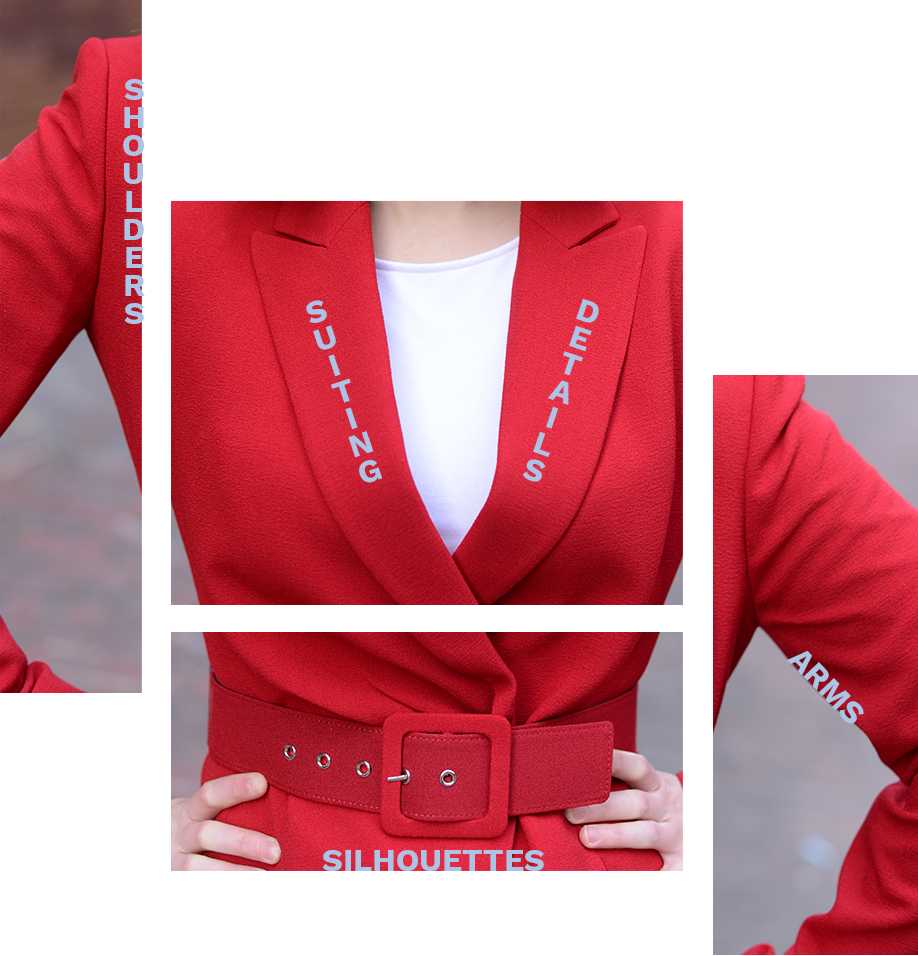Style Guide
Fashion is given;
style is what you do with it.

“YOUR DRESSES SHOULD BE TIGHT ENOUGH TO SHOW YOU’RE A WOMAN AND LOOSE ENOUGH TO SHOW YOU’RE A LADY.”
.
EIGHT-TIME OSCAR-WINNING COSTUME DESIGNER

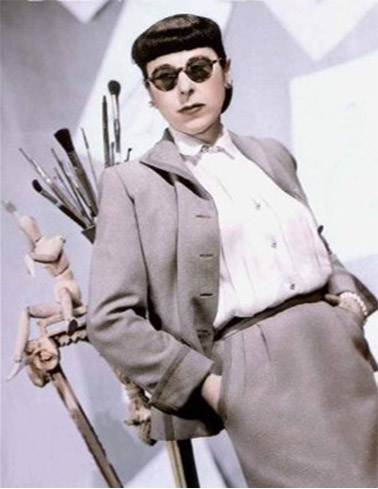
EDITH ALSO SAID, “YOU CAN HAVE ANYTHING YOU WANT IN LIFE IF YOU DRESS FOR IT.”
SO, LET’S DRESS FOR SUCCESS.
Amplify Your Aesthetic
First and foremost, fashion is about expressing your individuality. The number-one way to do that is to take basics, trendy items, or coordinated sets that many people probably own and make them yours. You do that through accessories, layering, attention to detail, and a color story that matches your mood or personality.
There are so many ways to wear core wardrobe items when you have the additional pieces to mix and match across styles, brands, and seasons. (Hello, transitional pieces!) The categories at right represent the items and concepts that I feel truly amplify your aesthetic, taking it in a direction that only you would imagine for your beautiful wardrobe and on-the-go life.


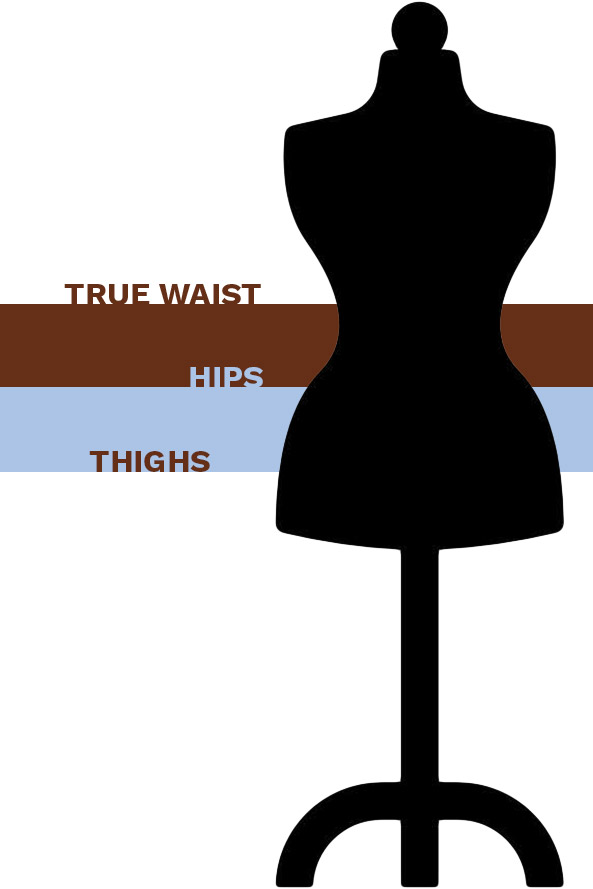
Dress toImpress
Dresses and skirts, while associated with formal occasions, can be part of everyday wear. They add a traditionally feminine touch to your outfit and, in the case of dresses, save you the time of deciding how to match separates for the given day or event. (Another plus for the dress is that it’s often cheaper than the combined price for a matching top and bottom yet provides the equivalent role in an outfit.)
The overlap between dresses and skirts is the skirt portion of the dress. The skirt comes in many silhouettes and makes or breaks your outfit if either or both of its main proportions are off-kilter: shape and length.
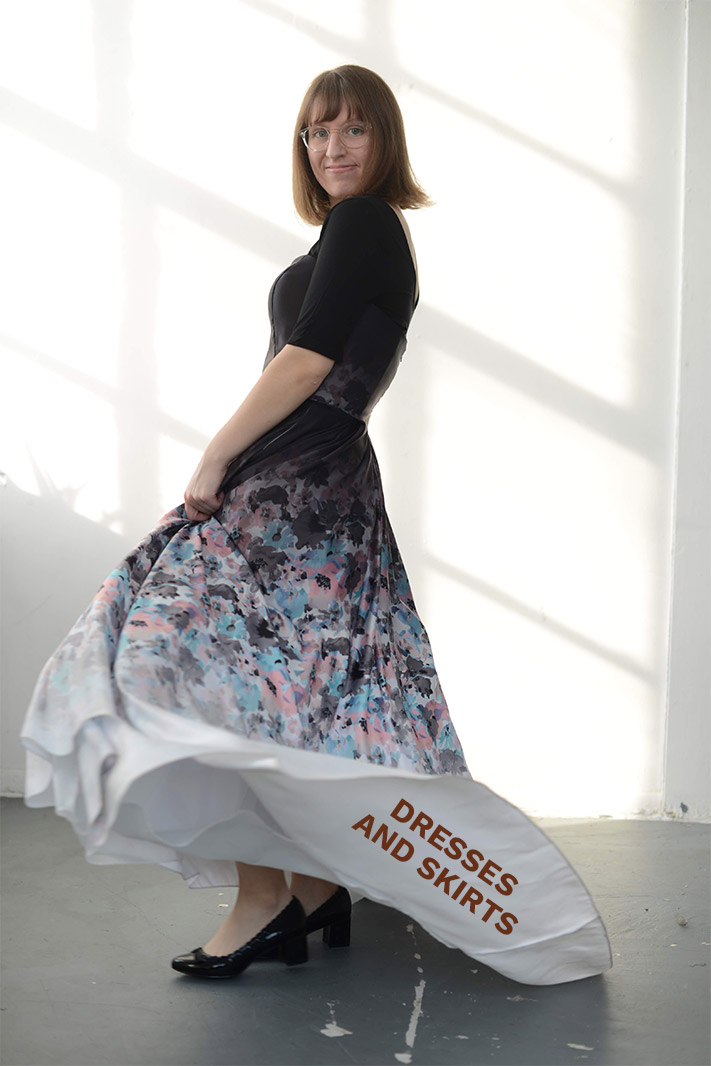



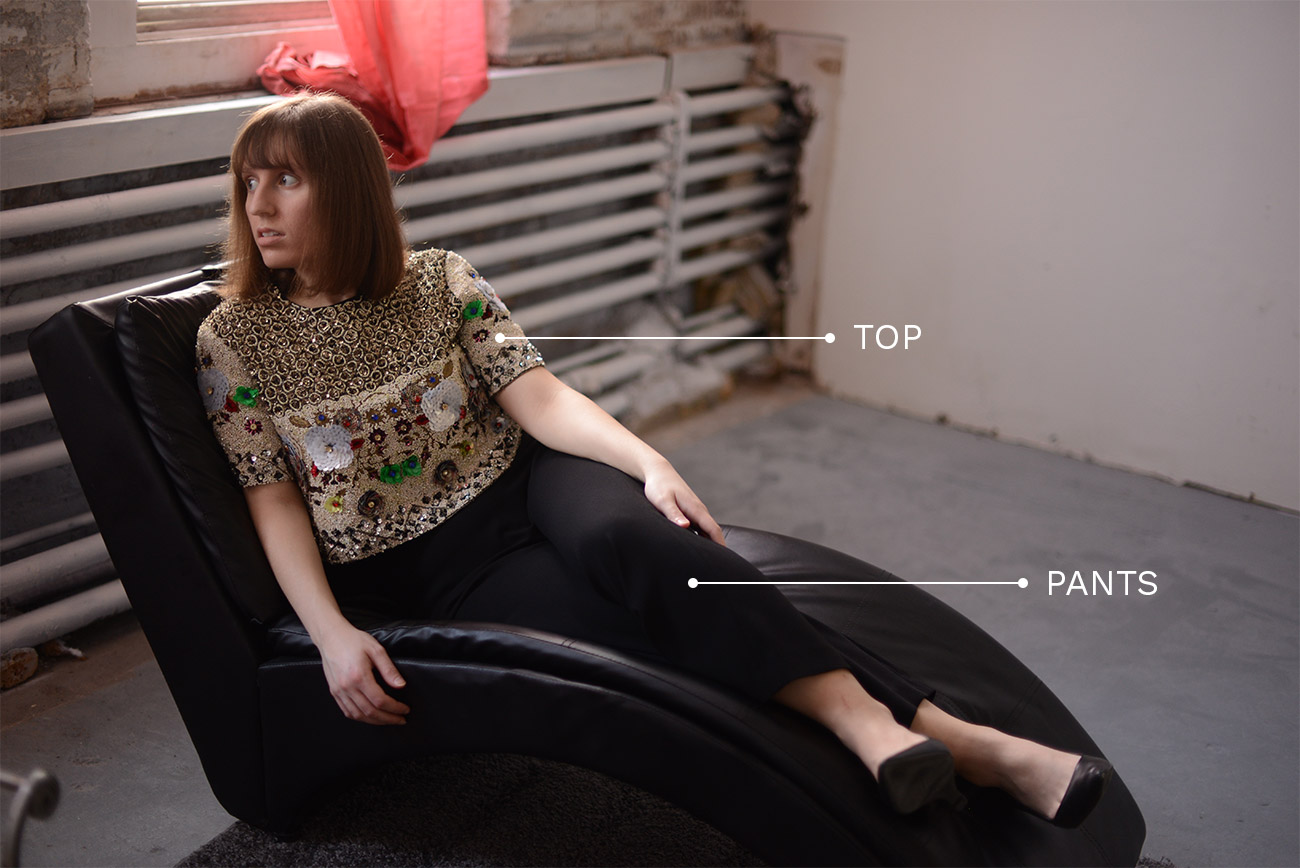
Top It Off
What I love about tops is that they’re one of the easiest types of garments to size. Often no waist, hip, or thigh measurements. Greater quantity of styles that look flattering on a broader spectrum of people. Often no numeric sizing, leaving an alpha-scale that simplifies the sizing process, covering broader size ranges. That leaves us with the delightful task of focusing on non-fit components: fabric types, colors, prints, and graphic designs.

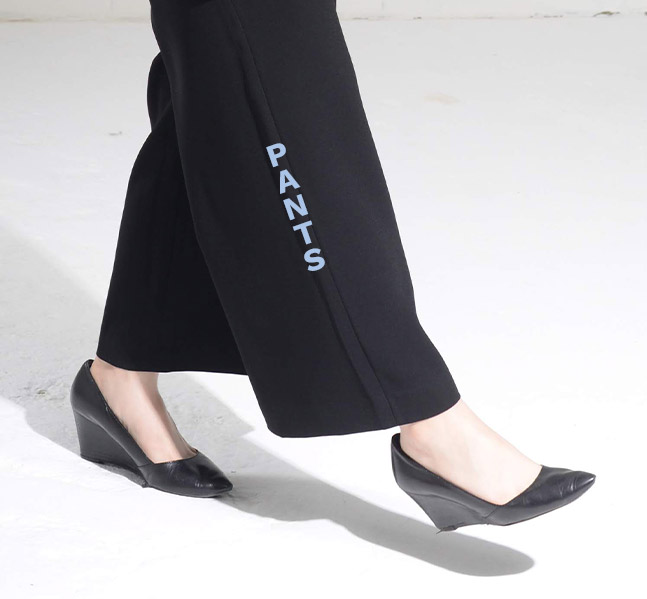
Bottoms Up
For all the ease of tops, there’s all the trouble of pants. No matter your body type, I would guess that pants shopping has frustrated you at least once. Pants require so many measurements, even if online size guides don’t provide them all: waist, hip, thigh, length, inseam . . . Material is critical to fit. Do they stretch? Are they breathable? Are they supposed to fit like that? And let’s not forget wash—something unique to jeans and chinos.

Suit Your Style
To me, there’s nothing more quintessential than a well-tailored suit. It’s one of the earliest outfits to shape modern fashion and was a wardrobe staple for decades. The ideal suit has everything designed just so: style, color, print, texture, size, fit, proportion, and length.
Nowadays, suits aren’t an everyday outfit, but they remain the basis of the formal workwear look. Since they’re usually form-fitting and intended to make the best (and sometimes first) impression, they need to fit you to a tee. They’re often the initial basis of people’s judgment of your work ethic, capabilities, and confidence.
“Fashion is architecture: it is a matter of
p r o p o r t i o n s.”
— Coco Chanel
“Fashion is architecture: it is a matter of
p r o p o r t i o n s.”
— Coco Chanel
